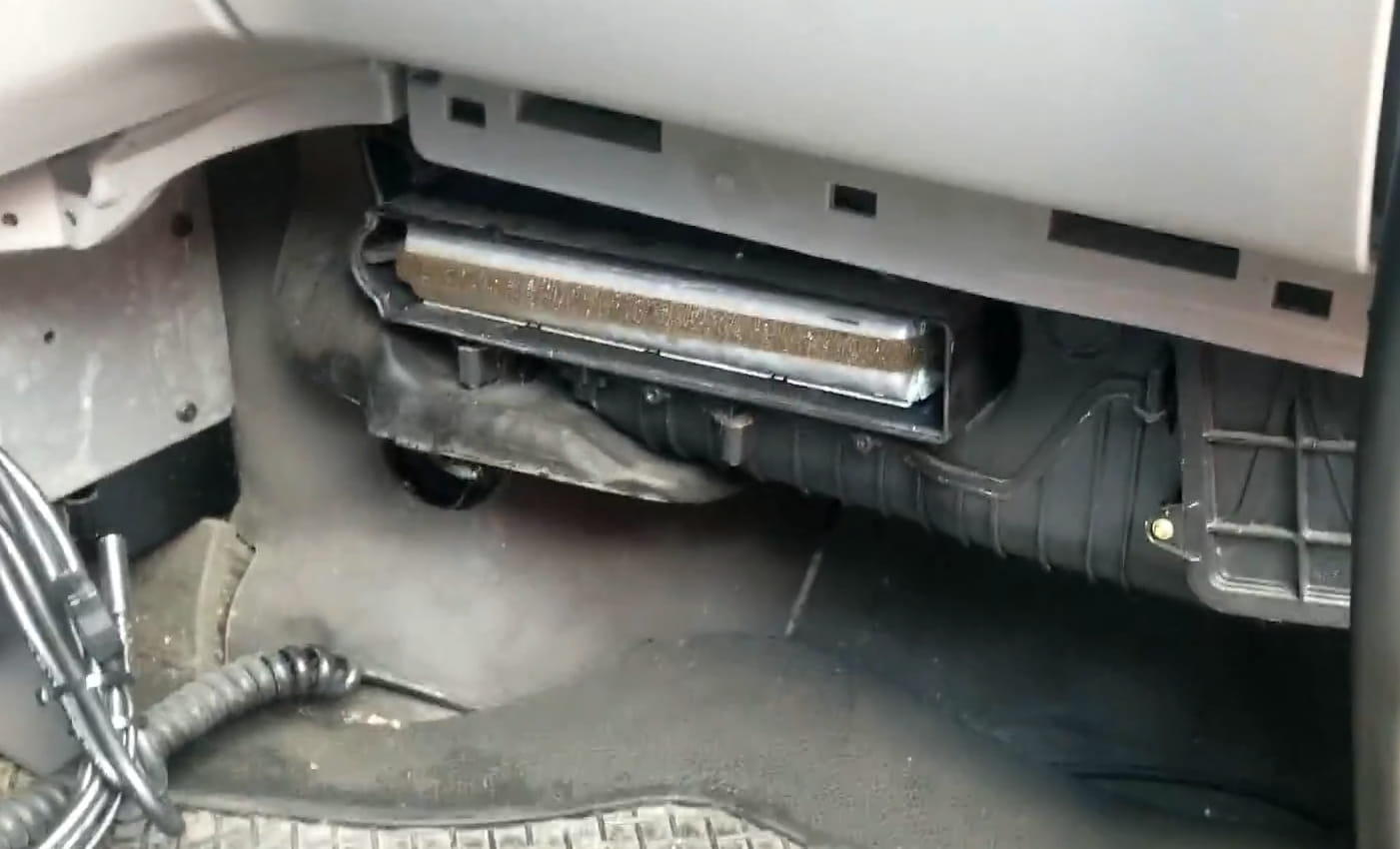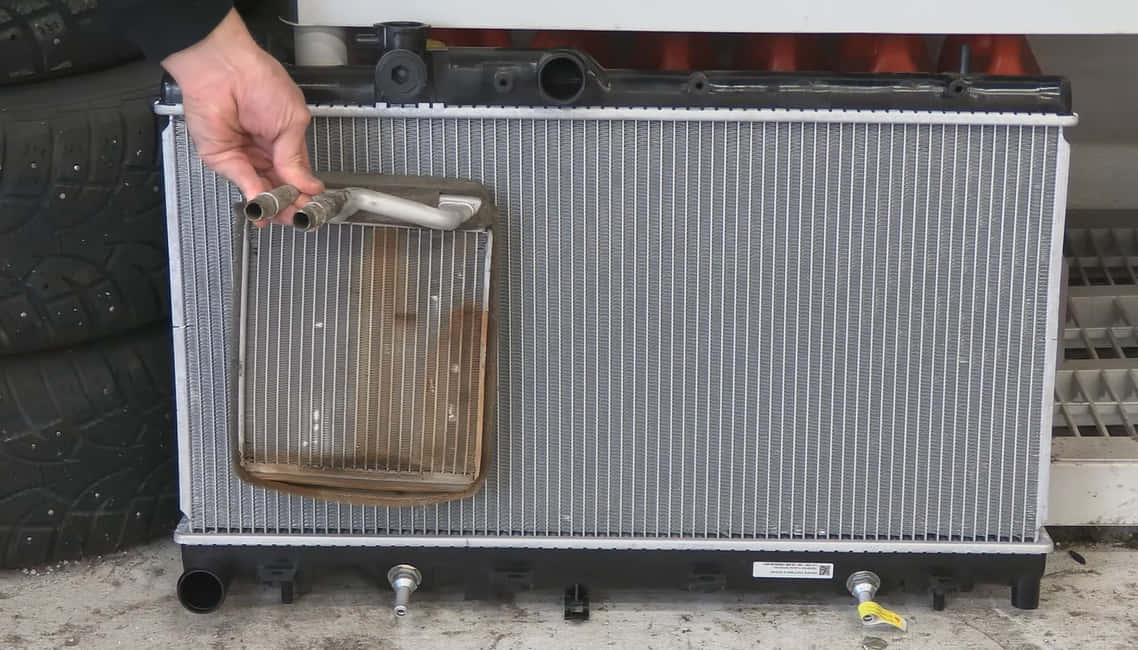Concerned about some Peterbilt heater control problems?
Perhaps you are driving on the road but then feeling uncomfortable because of the interior temperature in your vehicle.
The heater control in your truck failed, and you are in a frigid cabin while driving for several minutes.
If you are in this situation, then it is time to get your heater control issue addressed. First, identify what is going on with this component and do some diagnosis to get things sorted out… and fast!
Here are the things you need to know when it comes to fixing your heater control system to make sure things don’t take a turn for the worst. Let’s begin!

Causes Of Peterbilt Heater Control Problems
First, let’s talk about why these heater control problems happen in the first place.
Such issues occur because of the different components that are affected when one part fails. Keep in mind that your truck’s heating system is basically the cooling system. So, it contains the same type of coolant but works by heating up the internal temperature in your vehicle.
When you drive the truck, the engine warms up. Hence, it causes the coolant to heat up and causes the cooling system to circulate the warm air through the radiator. Then the temperature goes back down.
Once you turn the heater on, this leads to the engine getting warm. So, the coolant flows through your heater core, which is found in the dashboard. As a result, warm air blows through the vents, and your cabin gets warm.
Why Heater Control Problems Happen

Now, when your heater is broken, a few issues may be causing this. There are numerous parts in the heating system of your truck. When one part is faulty, this impacts the type of air coming out of the vents.
Here are some reasons why heater control occurs – and what you can do about it.
1. Insufficient coolant
When you don’t have ample coolant for your truck, the heating system is unable to send this to the heater core. After turning the heater on, it is normal for the vents to blow out cold air. However, the air should get warm fast – and when it does not, it means you have low coolant levels.
A quick fix would be to refill the engine coolant. Make sure that you check the coolant level whenever you open your hood. If you find yourself topping up your coolant more often, then it could be that there is a leak somewhere. And when there is a coolant leak, your engine may overheat over time, which leads to expensive repairs.
2. Faulty thermostat
When your thermostat is either stuck or faulty, then it is unable to control coolant flow through your radiator. As a result, the coolant just circulates through your radiator and remains cold – and this is not what is ideal.
The easiest way to tell if you have a stuck thermostat is when the reading stays the same no matter how long you’ve been running the engine. Thankfully, you should be able to buy thermostat replacements cheaply, and the installation process should be fairly quick and simple, too.
3. Malfunctioning heating controls
The clearest sign that you have heater control problems is when your heating controls are broken. Each time you press the same buttons over and over, these can fail. You might want to check if it’s all about broken heating control buttons or a much deeper issue.
4. Worn heater core
Over time, the heater core gets worn and old. This component takes heat and then sends it through the vents of your truck. So, it gets older and worn out as time passes by,
These are small passages, so when you fail to replace the coolant, debris can be carried through and cause a clog or rust on the passage. When the passage is clogged up, warm coolant is unable to get through.
This is why you should flush the heater core passages to remove any blockage. If this does not fix the problem, a heater core replacement should fix it right up.
5. Leakage
Since coolant travels through your engine’s complex parts, any leak from these areas can stop the heating system from doing its job. This is why you should inspect for any leak in the hoses and water pump.
When the radiator begins to leak, this also causes the coolant level to plummet. Hence, you should never underestimate the serious damage a radiator leak causes. You can have a mechanic fix the radiator in case the damage is still mild. Another way to address this issue is by getting a brand new radiator installed to fix the leak.
6. Stuck heater valve
Your heater core has valves that allow warm air to get into your vehicle. But if it stays closed, then warm air is unable to enter the cabin. This is why you should check if the valves are closed and stuck in such a position – then get it fixed.
7. Damaged coolant hoses
Lastly, you should inspect the coolant hoses. When they are worn out, clogs, as well as loose clamps may occur. This is why if you are unable to find any leak, it could be that the hoses are damaged and need to be replaced.
Read More: Understanding Common Edelbrock Electric Fuel Pump Problems
Repairing Heater Control
Considering all of these reasons behind Peterbilt heater control problems, you may be wondering how much it costs to fix it.
If the issue is only minor and just a simple repair is needed, then it should not cost you over $300. However, a steeper price is expected when you have a major heating system problem.
This is why you need to keep the heater control well-maintained. By doing so, you can prevented expensive repairs and even more serious issues with your vehicle that happen when you leave even the simplest issue unresolved.